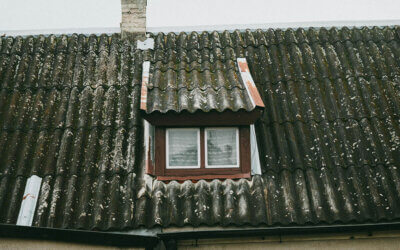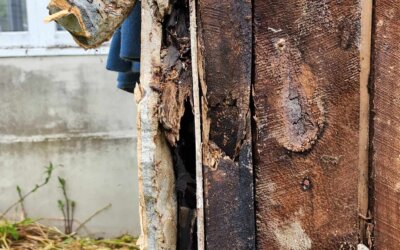The types of Class A asbestos products
10 May, 2022There are two types of asbestos products, Class A and Class B asbestos. While both are considered dangerous and need to be handled extremely carefully, Class A is known to be the more dangerous kind of the two.
To be aware of the potential risks of Class A asbestos products, it’s best to start with an understanding of what Class A asbestos is, and what kind of products it’s usually found in.
1. What is class A asbestos?
Class A asbestos is also known as ‘friable asbestos’, because it is very prone to crumbling into a powder when it’s dry.
Because it is so delicate and easy to crumble, it means that it more quickly and easily releases asbestos fibre into the atmosphere. It takes very little movement for this kind of asbestos to fall apart, and therefore be inhaled by people or animals in the area.
That means it is the more dangerous of the two kinds, as Class B asbestos doesn’t crumble as easily.
To remove Class A asbestos products, you must hire a Class A removalist such as PRO Environmental Services. This kind of removalist has specialist training and equipment to deal with Class A asbestos in a way that doesn’t put anyone on site at risk.
2. The types of class A asbestos products
The only way to tell the difference between Class A and Class B asbestos is with a sample survey, but a professional can sometimes guess the difference based on the kind of product it was used in.
For example, practically any kind of Class B asbestos can become a Class A asbestos once it deteriorates.
Asbestos-contaminated dust (ACD) is considered to be a Class A asbestos, and this can also come from Class B asbestos products. So if a Class B cement sheet deteriorated into a fine powdery dust, it would be classified as a Class A product.
Other common Class A asbestos products include:
-
- Floor tile adhesive backings
- Vinyl flooring with asbestos paper backing
- Materials used in thermal insulation
- Spray-on coatings
- Mill board/asbestos insulation board
- Asbestos textiles/ropes/blankets
It is necessary to conduct an asbestos test to find out what kind of asbestos is present in your home or workplace in order to make a plan for management and/or asbestos removal. This is the only way to truly tell the difference between Class A and Class B asbestos, and therefore safely manage the products to avoid risking anyone’s health and wellbeing.
For both asbestos testing and asbestos removal in the Wellington region, PRO Environmental Services offers a reliable, qualified, and experienced service. We work with residential, industrial, and commercial properties in the region to determine the presence of asbestos and to remove it safely. Get in touch today for a free, no-obligation quote for asbestos removal work at your property.
Related articles from our blog
Common types of asbestos found in Upper Hutt
Asbestos is common in homes and commercial buildings in the Upper Hutt. Here are some of the most common types, and what to do if you find it on your property.
Why Environmental Remediation is Essential to your Demolition Project
Demolishing a property? You may need environmental remediation to remove or contain any hazardous substances present in the soil, sediment, or groundwater.
Your options for environmental cleaning in Kapiti
PRO Environmental Services offers a range of environmental cleaning options in Kapiti, from asbestos removal to bird and rat excrement and mould removal.


